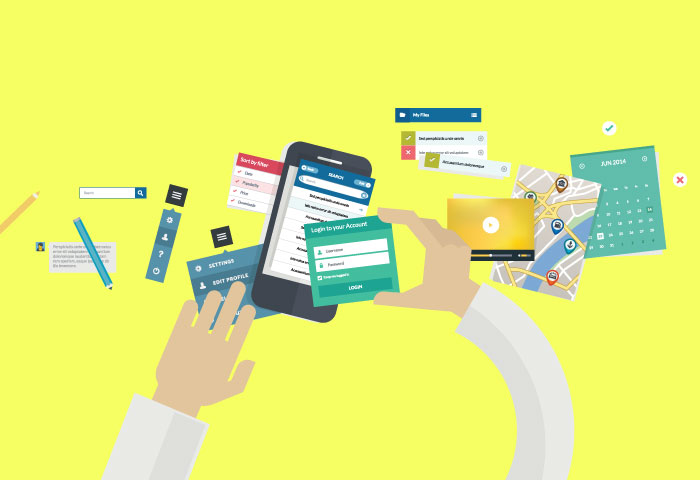Schools often invite students to use education-focused mobile apps to streamline learning, classroom work, daily tasks and more. However, many of these apps collect children’s data and share it with third-party partners.
Me2B Alliance Product Testing, a tech-focused firm, found that 67% of education-focused mobile apps share students’ private data. On average, each app sends data to about 11 third-party channels.
67% of public school apps sent student data to third parties
Me2B Alliance Product Testing analyzed and audited 73 mobile applications. Thirty-eight schools in 14 states use them; at least half a million people (students, educators and parents, for example) are active on these mobile platforms. Investigators examined the data flow of the 73 apps by evaluating the SDKs included in each app.
Analysts have found that 60% of school apps send student data to third-party vendors, including Google and Facebook. Additionally, Me2B investigators found that 48% of apps send student data to Google, while 14% send information to Facebook. As mentioned, each app sent data to around 11 third-party avenues.
When investigators zoomed in on the public schools in the sample, they found that a whopping 67% used apps that sent student data to third parties (compared to 57% of private schools).
Another finding from public schools that Me2B found “disturbing” was that 18% of apps sent student data to “high-risk” third parties. Investigators defined high-risk third parties as entities that “share more data with possibly hundreds or thousands of networked entities.”
Android apps are more reckless with sharing data with third parties
91% of Android apps sent student data to high-risk third parties, compared to 26% of iOS apps. The report says Apple’s new App Tracking Transparency feature has helped reduce the number of iOS apps that share students’ private data.
So what exactly are these apps sending to these third parties? Well, the analysts admitted that they didn’t look into this in detail, but they did confirm that “unique identifiers” were sent to third-party advertising platforms. Unique IDs, by the way, help advertisers build profiles of each user to target them for ads.
The investigators reached the following conclusions after concluding the study:
- The amount of student data shared with third parties (e.g. advertisers and analytics platforms) is unacceptable
- There should be no third-party data channels in school-centric mobile apps
- Users don’t have enough information about third-party apps that get their data; Google Play Store and Apple App Store need to clarify this
Analysts have also concluded that iOS apps are more secure than Android platforms, but they won’t recommend an iOS-only mandate. According to the report, this would deepen the “digital divide” and marginalize socio-economically disadvantaged families due to the price difference between Android and Apple phones.
Interestingly, 8% of schools in the study only offered iOS apps to students.








